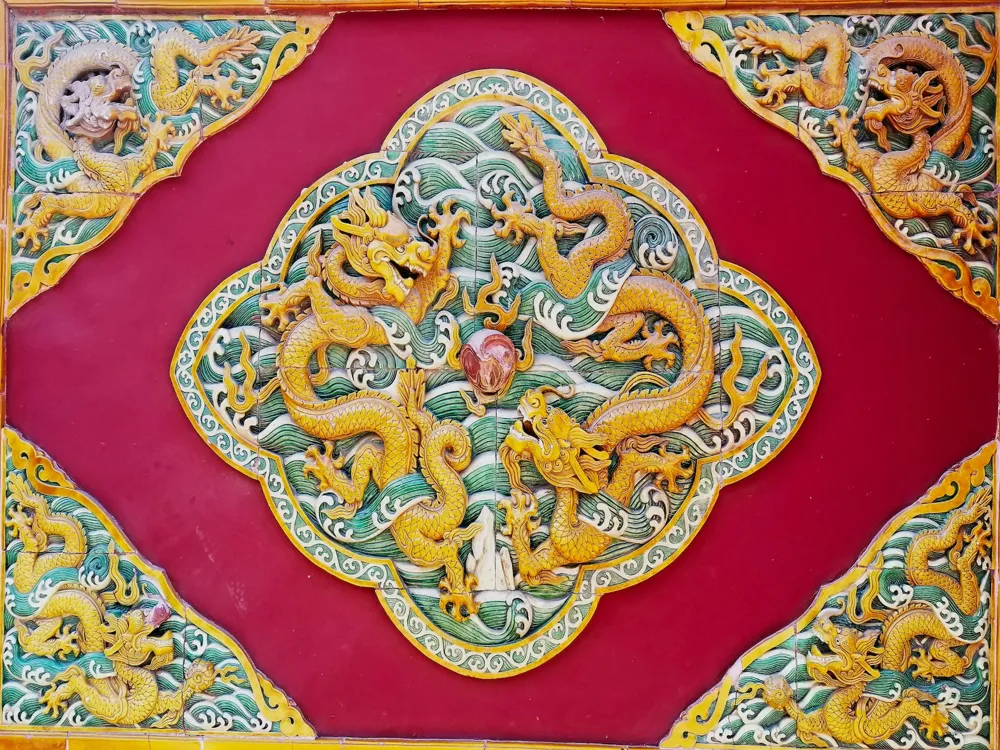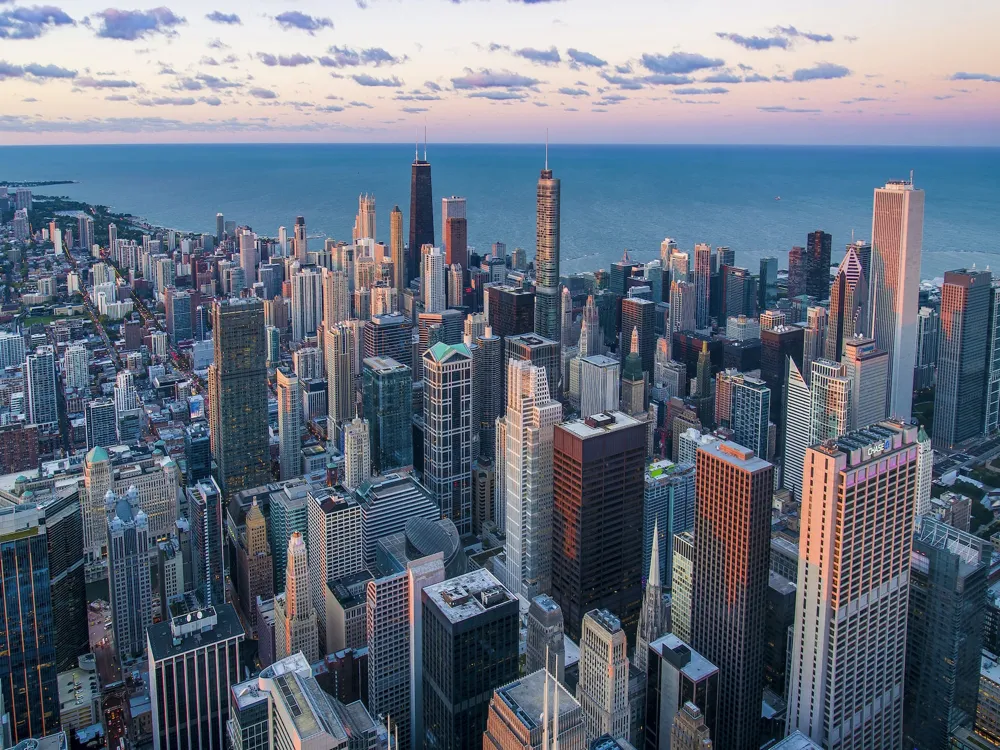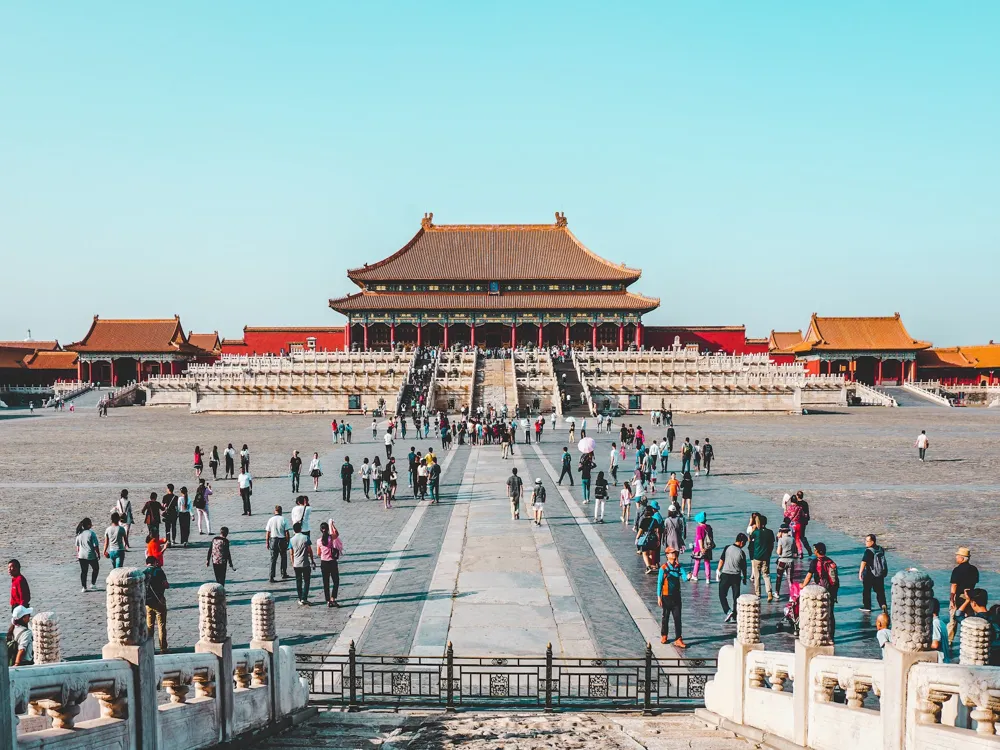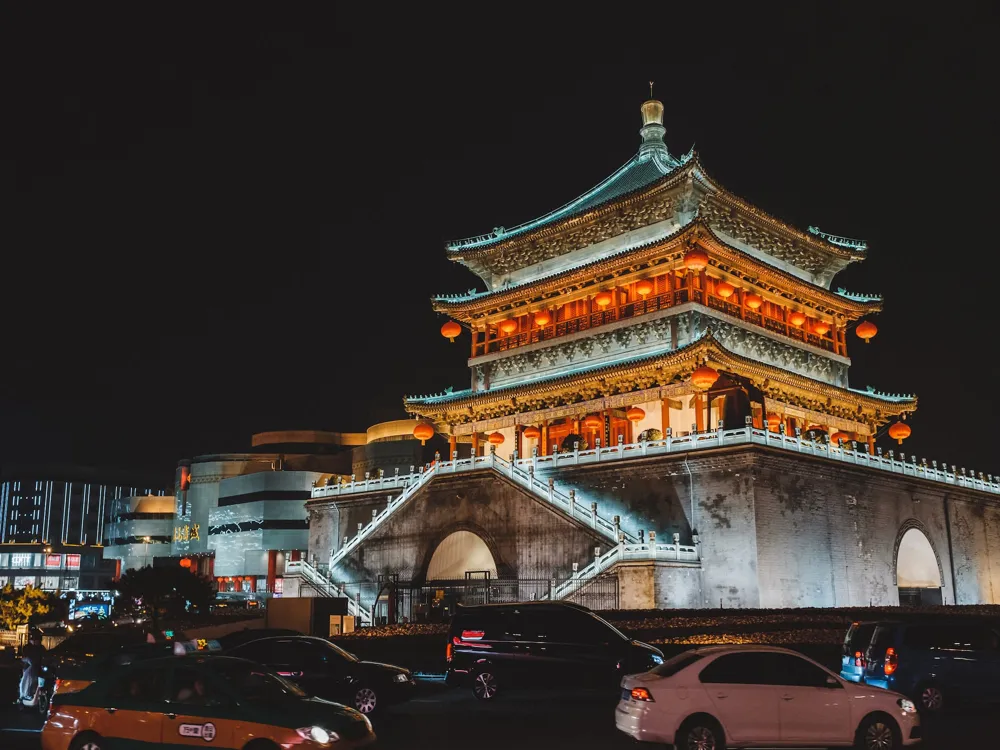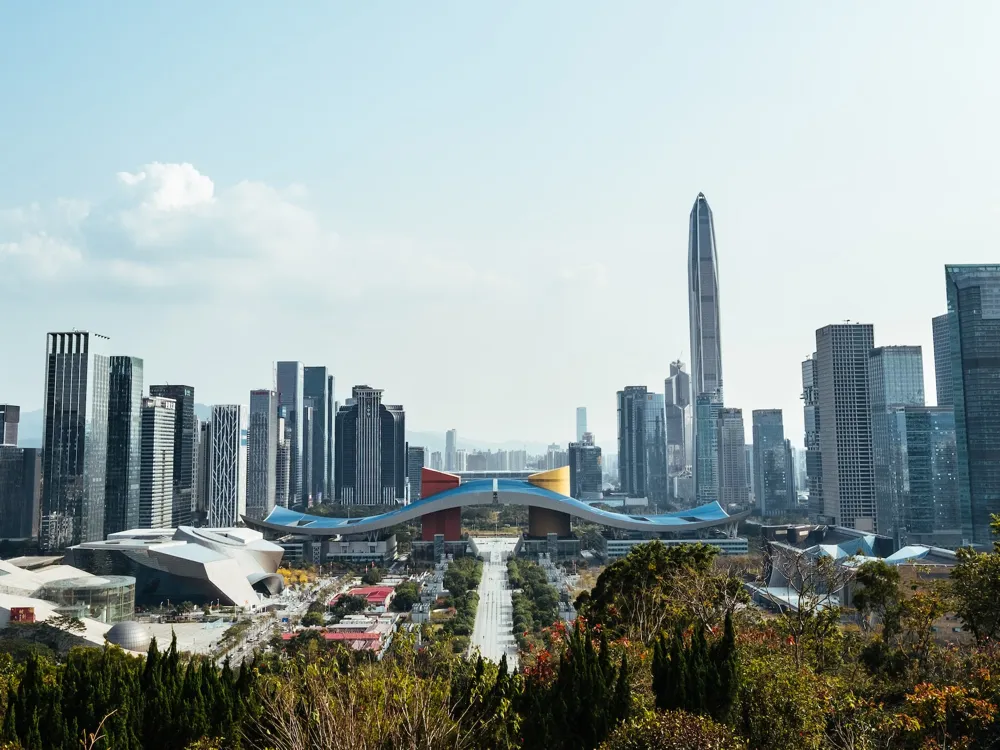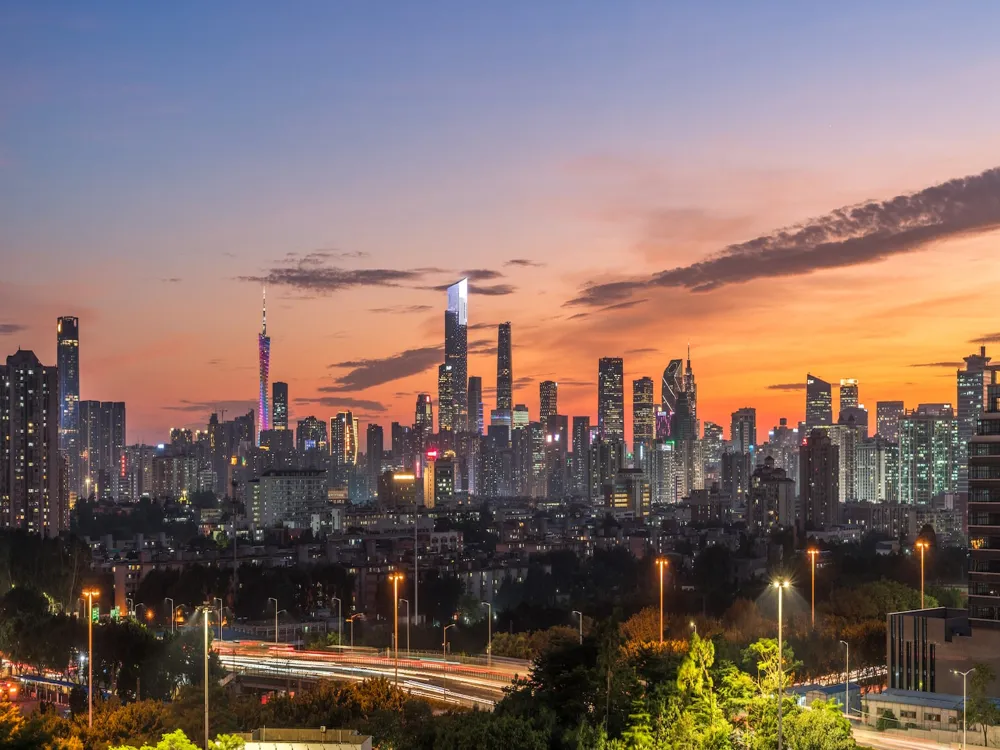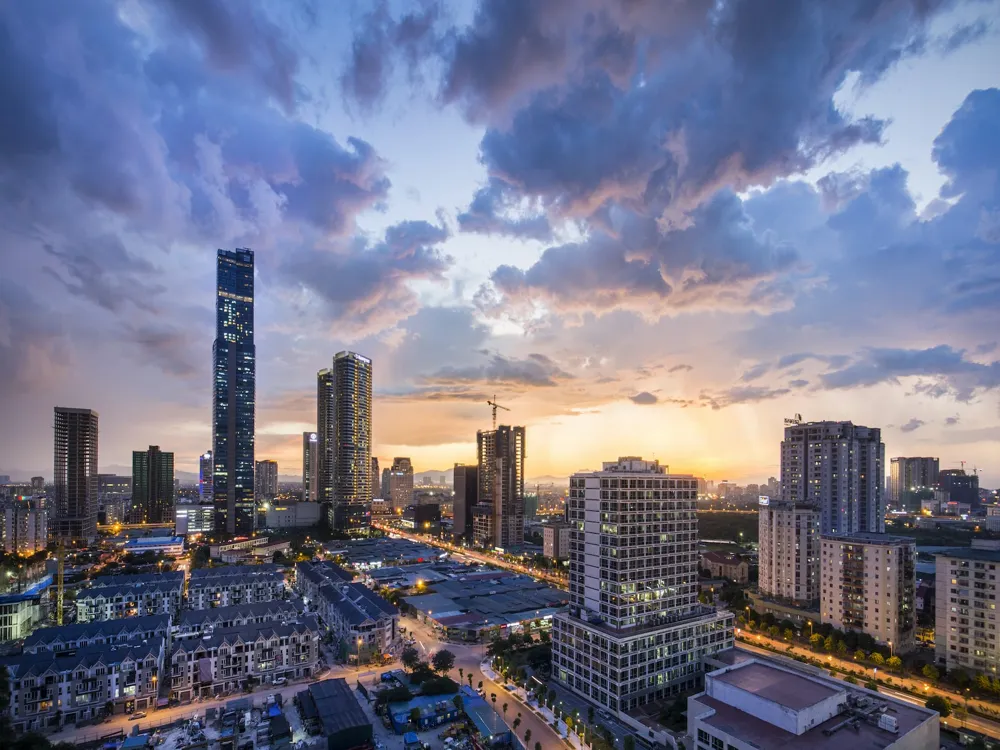Juyong Pass, located near Beijing, is a significant historical site and a segment of the renowned Great Wall of China. This pass has witnessed centuries of history, serving as both a military defense and a symbol of Chinese engineering and architectural prowess. Surrounded by mountains, Juyong Pass offers a unique combination of natural beauty and historical significance, making it a must-visit destination for history enthusiasts and tourists alike. The Juyong Pass has a rich history dating back to the Spring and Autumn Period (770–476 BC) and the Warring States Period (475–221 BC). It was initially built by the Yan State as a defense against invasions. Over the centuries, it was rebuilt and fortified by various dynasties, most notably during the Ming Dynasty (1368–1644 AD), when it became an integral part of the Great Wall. Its strategic importance is highlighted by its role in several historical battles and events. Juyong Pass is renowned for its complex and sophisticated architecture. It includes watchtowers, beacon towers, and fortresses, which were used for defense and surveillance. The architecture reflects the ingenuity of ancient Chinese engineering, with features designed for both practical defense and aesthetic appeal. The walls are made of large stones and bricks, with inner and outer layers filled with rubble, earth, and mortar, showcasing the advanced construction techniques of the time. Apart from its military significance, Juyong Pass is also a site of cultural importance. It features ancient inscriptions and carvings, including the famous Cloud Platform, which bears Buddhist, Taoist, and Confucian carvings. These artistic elements not only add to the beauty of the site but also provide insights into the religious and cultural practices of ancient China. The architecture of Juyong Pass is a testament to the ingenuity and craftsmanship of ancient Chinese builders. This section of the Great Wall is characterized by its robust and intricate design, which was essential for its role in defense and surveillance. Its construction techniques and architectural elements are a reflection of China's historical and cultural evolution. Juyong Pass was strategically built on a mountainous terrain, utilizing the natural landscape for enhanced defense. The walls, varying in height and thickness, were designed to withstand attacks and harsh weather conditions. The use of local materials, such as bricks and stones, in its construction demonstrates resourcefulness and adaptability. The pass's defensive features include watchtowers, battlements, and parapets, which were used for monitoring enemy movements and protecting the garrison. The towers were equipped with openings for archers and artillery, allowing soldiers to defend the pass effectively. The design also includes steep stairs and narrow pathways, which were intended to slow down and impede enemy progress. In addition to its military functionality, the architecture of Juyong Pass also incorporates artistic elements. The Cloud Platform, a notable feature, is adorned with intricate carvings and inscriptions. These artistic details not only enhance the aesthetic appeal of the pass but also serve as historical records, offering insights into the cultural and religious influences of the time. Spring and autumn are the ideal seasons to visit Juyong Pass due to the pleasant weather and the beautiful scenery. These seasons offer comfortable temperatures and fewer crowds, allowing for a more enjoyable experience. Visitors should bring comfortable walking shoes, water, snacks, sunscreen, and a hat. The terrain can be challenging, so it's important to be prepared for a physical activity. While exploring Juyong Pass, it's important to stay on marked paths and be cautious of uneven steps and steep areas. Visitors should also be aware of the weather conditions and plan accordingly. Juyong Pass is accessible from Beijing by various means of transportation. Visitors can take public buses, hire a taxi, or join a guided tour. The trip typically takes about an hour from the city center, making it a convenient day trip for those staying in Beijing. Read More:Overview of Juyong Pass of Beijing
Historical Significance
Architectural Highlights
Cultural Importance
Architecture of Juyong Pass
Design and Construction
Defensive Features
Artistic Elements
Tips When Visiting Juyong Pass
Best Time to Visit
What to Bring
Safety Precautions
How To Reach Juyong Pass
Juyong Pass
Beijing
NaN onwards
View beijing Packages
Weather :
Tags : Historical Site
Entry Fee : Free
Planning a Trip? Ask Your Question
Beijing Travel Packages
View All Packages For Beijing
Top Hotel Collections for Beijing

Private Pool

Luxury Hotels

5-Star Hotels

Pet Friendly
Top Hotels Near Beijing
Other Top Ranking Places In Beijing
View All Places To Visit In beijing
View beijing Packages
Weather :
Tags : Historical Site
Entry Fee : Free
Planning a Trip? Ask Your Question
Beijing Travel Packages
View All Packages For Beijing
Top Hotel Collections for Beijing

Private Pool

Luxury Hotels

5-Star Hotels

Pet Friendly







